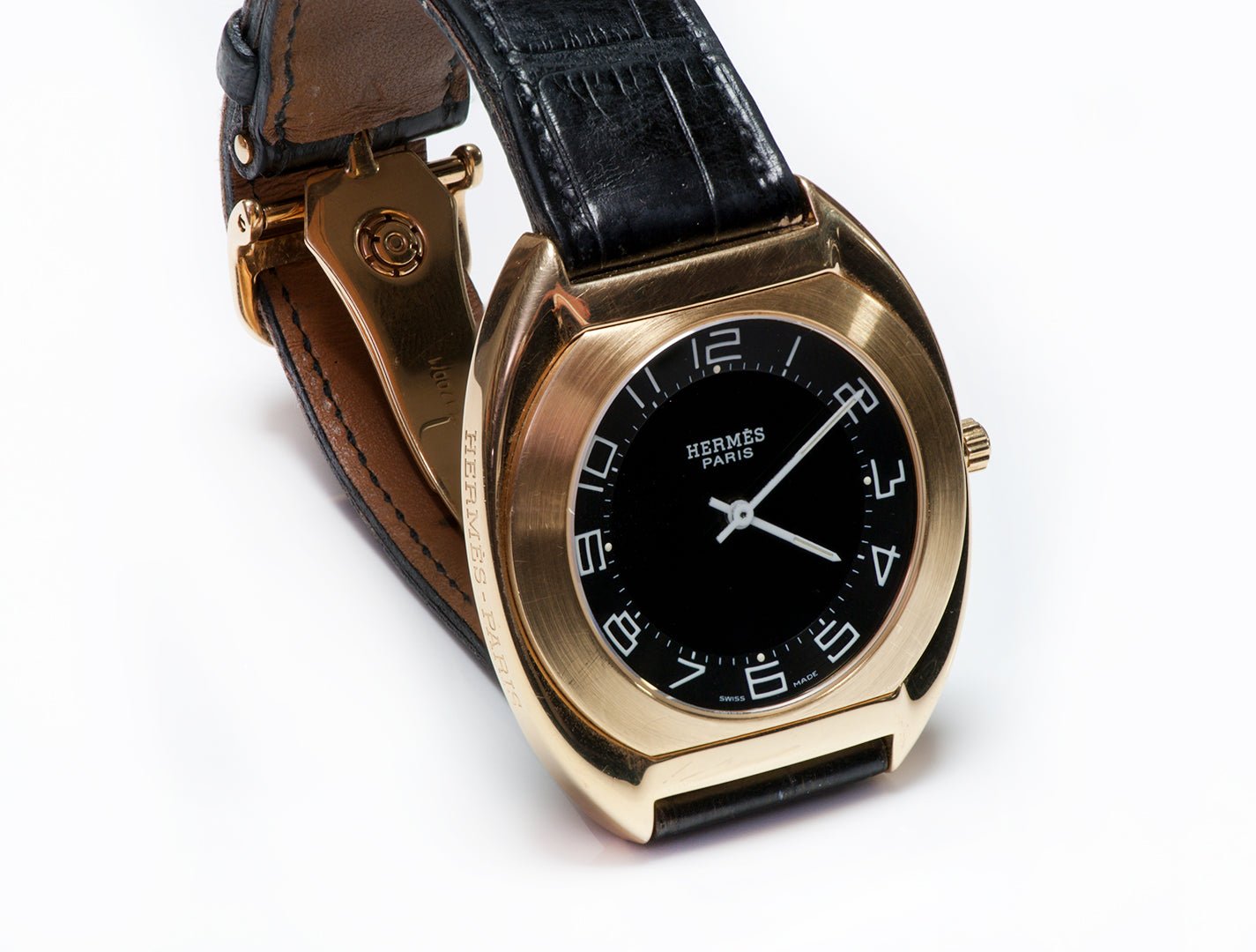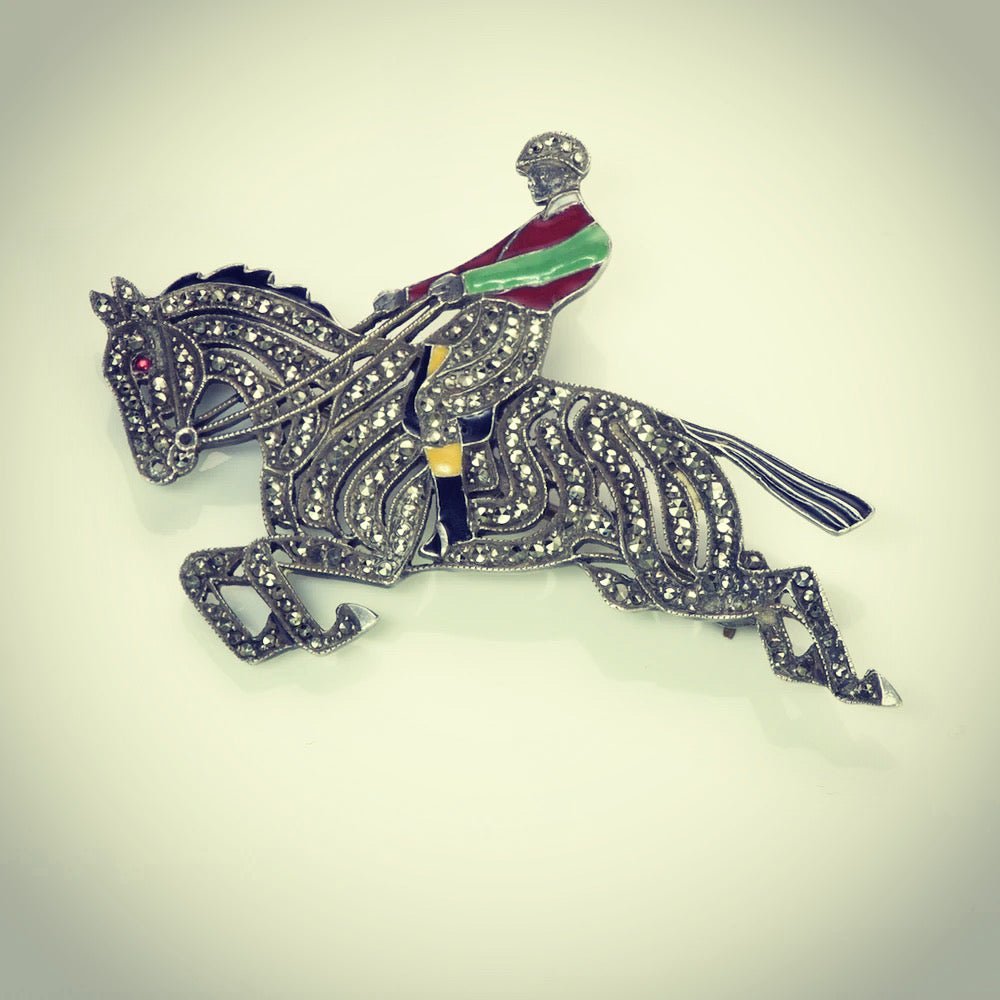Faberge Easter Gifts: The Perfect Jewelry For The Richest People
We conclude our series of articles on the artistic marvels created by the House of Faberge, under the guidance of the brilliant "La Belle Epoque" craftsman Pierre Carl Faberge, by taking a look at the pieces that have probably brought him his greatest fame and are certainly among the most expensive in the world: the famous Faberge eggs.
The custom of giving ornate eggs as gifts at Easter as a symbol of Christ's resurrection dates back to the 13th century. According to The Epoch Times, it was in this century that the first artificial eggs produced in Russia appeared and were given as Easter gifts.
Gradually, the aristocracy and the upper-middle classes, out of a need for refinement, began to demand elaborate egg designs, made of silver and gold, decorated with enamels and precious and semiprecious stones, and even made egg-shaped bonbons filled with sweets fashionable.
The Easter Eggs Created By Faberge
The Easter eggs made by Faberge workshops, from miniatures to large-scale pieces, are a priceless treasure trove of creativity.
Faberbe's eggs delighted the eye with the wonderfully diverse colors of the enamels, gemstones, pearls, and diamonds used and the meticulous filigree precious metals that adorn these special and unique jewelry pieces that became world-famous.
But ornate eggs are not the only Easter gifts made by the House of Faberge. They also include functional objects in ovoid shapes that were used as bonbons, bells, seals, pendants, etc.
The Faberge Easter Eggs Commissioned By The Rusian Tsars
Eleven large Faberge eggs were made for Alexander III between 1885 and 1894, which he gave annually at Easter to his wife Tsarina Maria Feodorovna.
From 1895 until 1917 his son Nicholas II continued the tradition of these extraordinary Easter gifts; each year he presented the wonderful eggs to his Empress Mother (Maria Feodorovna) and his wife, Tsarina Alexandra Feodorovna, making a total of 46 different pieces.
One of the great attractions of these eggs, besides the wonderful art form they embodied, was the element of surprise. The Faberge eggs always contained another surprise, which always remained a secret to all members of the imperial family until Easter Day.
These were very personal and special surprises for the members of the imperial family consisting of gems, family pictures, mechanical toys, miniature animals, flowers, or other items representative of family life (castles, boats, equestrian statues, etc).
Faberge Made 57 Eggs For The Romanovs
Of the total of 57 eggs made by the Faberge at the request of the Romanovs, only 46 of them are still preserved today and are scattered in various private and public collections around the world.
Ten of them are preserved in the Palace of Arms in the Kremlin, the largest collection of Faberge eggs.
The second-largest and largest private collection, containing nine Faberge eggs, is that of Russian tycoon Victor Vekselberg, who brought the collection back to Russia in 2004 after purchasing it from the Forbes heirs.
Of the other pieces, some are in museums in the United States, some are in the collection of Britain's Queen Elizabeth II, and some have gone to anonymous collectors and their whereabouts are unknown.
The Inspiration Behind Faberge's Eggs
Faberge found inspiration for these Easter eggs in 18th-century designs and is believed to have known all the pieces that were given as gifts to kings Louis XV and Louis XVI; only two of these have survived in the Lambinet Museum in Versailles.
But we should not forget that the sumptuous 18th-century Easter eggs also come from the Russian tradition, and Faberge had the opportunity to admire, without a doubt, the imperial collections that can now be seen in the Hermitage Museum.
The style of these extraordinary Faberge pieces varies considerably. Some are neoclassical in style, others are baroque or rather inspired by the Louis XV style. Others are decorated with Louis XVI motifs. As the range of objects became wider, the adaptations acquired greater interpretative freedom.
From 1897 onwards, Faberge developed his own style, playing with motifs from different periods, which he combined with masterly harmony to produce some of the most extravagant and brilliant pieces of universal art.
In 1917 the Bolshevik Revolution put an end to the House of Faberge, one of Tsarist Russia's most valuable brands. The Bolsheviks nationalized the House of Fabergé and confiscate its entire stock of jewelry.
Pierre Carl Fabergé left Sankt Petersburg on the last diplomatic train and settles in Switzerland, near Lausanne. The great Russian jeweler never recovered from the shock of the Russian Revolution and died in Switzerland on 24 September 1920.
Faberge Jewelry


















